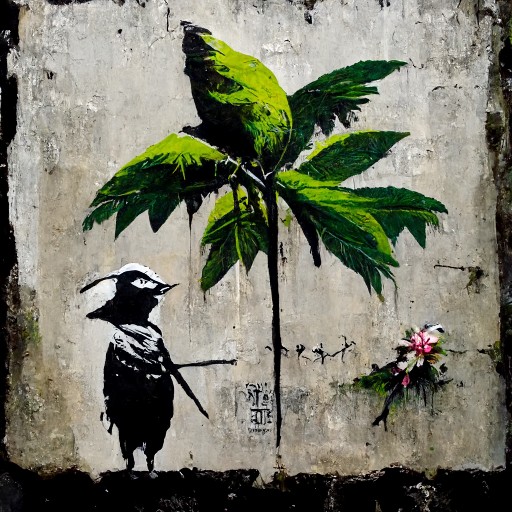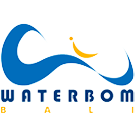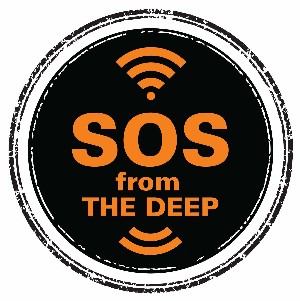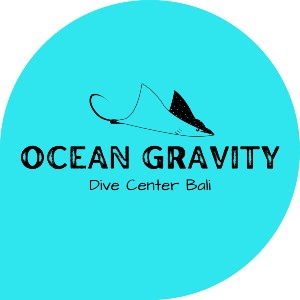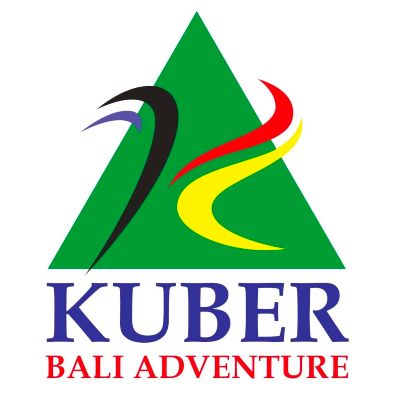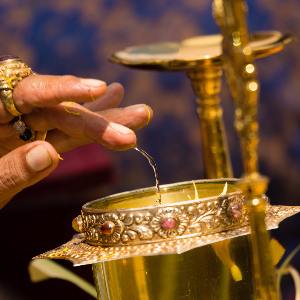Oceanic Sunfish (Mola Mola) and Manta Ray Interaction – Code of Conduct
These guidelines are designed to provide a safe diving experience while ensuring the lowest impact on the sunfish and manta ray population of Bali and surrounding dive sites. The aim of developing the code of conduct for sunfish and manta ray interactions is to ensure they are able to settle onto cleaning stations without being disturbed.
What exactly is an underwater cleaning station?
Smaller reef fish, such as parasitic copepods and various species of small cleaner wrasses, congregate to form cleaning stations to clean larger aquatic life. Sunfish, manta rays, sea turtles, white and blacktip reef sharks and other fish known as clients utilize such stations across Indonesia’s marine ecosystems.
Once settled, the sunfish and manta ray can remain on a cleaning station for longer periods, offering better quality interactions for divers. We ask that everyone in the diving community help us get the word out about these guidelines.
